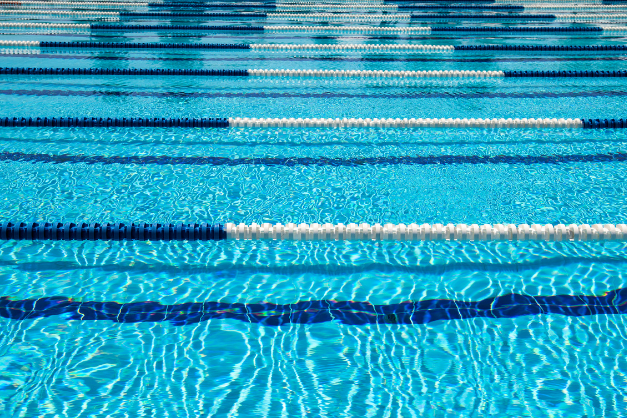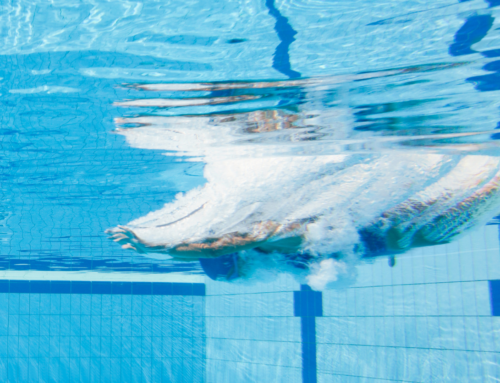College swimming is a big pool. Where’s the right lane for you?
Once a high school swimmer makes the decision to pursue a scholarship to compete in college, the hardest part is often finding the right fit. And, while there are many factors that go into finding the school that’s right for you, finding where you fit athletically requires an honest assessment of your talents as a swimmer. While you can ask your coaches or compare your times to others, you can get a broad idea of your college swim lane and recruiting potential by looking at the common traits of swimmers in each athletic division.
One important thing to know about collegiate swimming at the NCAA Division I or Division II level is that it is considered an equivalency sport. As such, teams are limited in how much scholarship money is available, full scholarships are rare and, on most teams, coaches choose to award more partial scholarships to more athletes.
As an example, a fully-funded Division I women’s team may have a roster of 30 swimmers, but each team is limited to 14 scholarships. As an equivalency sport, a coach can choose to award partial scholarships to all 30 swimmers on the team, so long as the total of those partial scholarships doesn’t exceed 14. If the coach awarded partial scholarships to each swimmer equally, then each member of the team would earn a scholarship covering 46% of their tuition, fees, and housing. If one or several swimmers on the team are awarded full scholarships, then obviously that’s a smaller pie for coaches to divide up elsewhere.
Note that not all NCAA swim programs are fully funded and that can affect the number of scholarships a coach has to work with. Any full or partial scholarship you’re offered is likely to also take into account your eligibility for academic scholarships or need-based financial aid.
So now that you know how NCAA swim scholarships work, consider where you stand at each level:
NCAA Division I
Division I is the top level of college swimming and the 133 men’s teams and 195 women’s teams feature the most elite swimmers in the country and, in some cases, the world. As such, if you want to earn a DI swimming scholarship, your times should be comparable to those established by USA Swimming’s Futures Championships standards.
If you do have the time to compete at DI, be prepared for swimming to become a full-time job. The stakes are high for most DI swim programs, so you’ll be expected to not only dedicate plenty of time to training time, but also manage the demands of academics, travel, and campus life.
NCAA Division II
The time standards may not be quite as rigorous in Division II, but the competition in the pool, and for scholarships, is just as fierce. In addition, there are fewer DII swim programs, the rosters are smaller, and the scholarship limit is smaller for both men and women. That said, many DI-level swimmers ultimately wind up swimming for DII schools due to better scholarship offers, less full-time training emphasis, or the lure of a smaller campus.
NCAA Division III
Given the number of schools sponsoring swim programs, Division III schools offer many swimmers the best opportunity to compete at the college level. The catch is, DIII schools don’t offer athletic scholarships. They do, however, offer ample academic scholarship money as well as the best balance between athletics and campus life. Further, coaches at the DIII level may look beyond a swimmer’s times when trying to fill out their team. And, if you have the grades, the academic scholarship you earn at a DIII school could wind up being more valuable than the partial athletic scholarship you might be offered at a higher level.
NAIA and Junior Colleges
Smaller schools such as those found in the NAIA and at the junior college level can offer plenty of high-level competition, scholarship opportunities, and the opportunity for an ideal balance between athletics and student life. NAIA swim programs are considered equivalency sports and, like NCAA DI and DII, have limited scholarships that a coach may award in partial amounts. However, many junior college swim programs offer full athletic scholarships. And that could give you the extra experience you need in the pool, and in the classroom, before stepping up to a higher level.
Your times, technique, and academic standing can all affect where you ultimately compete in college. But, by finding your college swimming lane early, you can keep your efforts focused on earning a spot on the team at the college that fits you.
Did you enjoy the article ‘Finding Your Lane in College Swimming Recruiting’? If so, check out more of our articles HERE.




